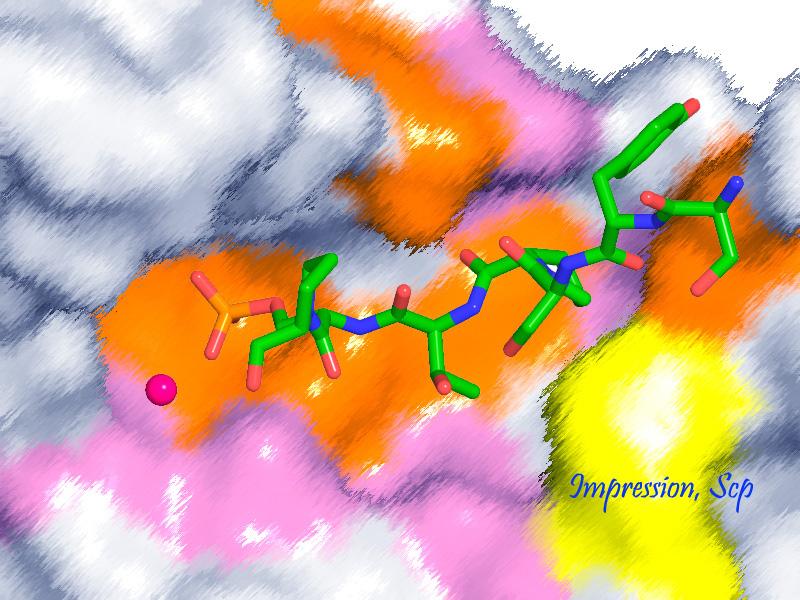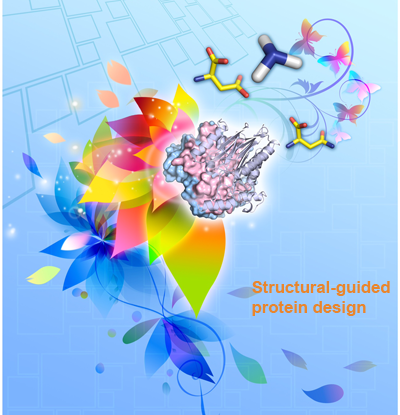|
1. Post-translational modification of RNA polymerase II and its consequences on eukaryotic transcription The phosphorylation of the C-terminal domain of the largest subunit of RNA polymerase II by site-specific kinases/phosphatases is critical for the accurate transmission of information during eukaryotic transcription. We investigate the structure/function of eukaryotic phosphatases that regulate the phosphorylation state of RNA polymerase II. Furthermore, we worked with Dr. Brodbelt to develop mass spectrometry methods to interpret complicated phosphorylation patterns. We also used the method to identify the kinase and phosphatase specificity, particularly how the specificity is affected by flanking PTMs. Armed with these tools, we reconstruct the post-translational modification modes of RNA polymerase II in vitro and delineate how it recruits various transcription regulators to the central transcription machinery. This recapitulates how molecular information can be encoded by recombination of site-specific phosphorylation.
|
|
|
|
2. Structural-based drug design for Alzheimer's Diseases and glioblastoma: Equipped with extensive knowledge on kinases and phosphatases, we use structures as our blueprint for inhibitor designs to target a neuronal pathway governed by a transcription factor called REST. The mistakes in the pathway can lead to various neurological diseases such as Alzheimer's and glioblastoma. Although transcription factors like REST are challenging drug targets, we strategically design small-molecule compounds to modulate the pathway using compounds to control the stability of the transcription factor.
|

3. Structure-based bioengineering. A collaboration between PI and Dr. George Georgiou's group employs modern protein engineering techniques to develop a new generation of non-immunogenic and pharmacologically optimized enzymes for chemotherapy of central nervous system (CNS) cancers through amino acid depletion. Guided by the crystal structures, the enzymatic activity and substrate specificity are altered and optimized to incorporate certain amino acids critical for tumor growth. In particular, during our structure-function investigation of human cystathionine-γ-lyase, we were able to identify a star activity towards cysteine depletion, which we exploited and engineered to a highly potent agent to suppress tumor growth in mice. Protein variants developed based on this novel strategy are currently in clinical trials.
A recent collaboration with Alper and Ellington's labs starts to incorporate AI with rational structural guidance, leading to two papers in Nature and Nature Chemical Biology.

